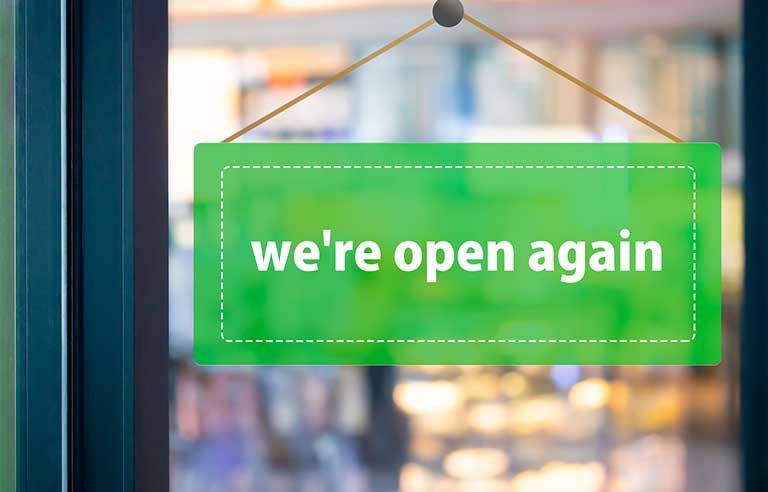COVID-19 pandemic: National Academies webinar examines safety, hygiene strategies for reopening workplaces

Washington — With many employers reopening workplaces amid the COVID-19 pandemic, ensuring facilities are safe and sanitary remains a multifaceted yet vital endeavor.
During a June 23 webinar hosted by the National Academies of Sciences, Engineering, and Medicine, experts offered multiple recommendations for enhancing the safety and hygiene of public spaces.
Nancy Burton, senior industrial hygienist at NIOSH, advised employers to first ensure a building is safe for occupancy by checking that heating, ventilation and air conditioning systems operate properly. Any HVAC systems that have been shut down or are on setback should meet the requirements of the American Society of Heating, Refrigerating and Air-Conditioning Engineers’ 180-2018 Standard.
Inspect the building for hazards associated with extended facility shutdown, including mold growth, rodent or pest infestation, and/or issues with stagnant water systems. Employers also should complete a thorough workplace hazard assessment to determine and establish physical distancing protocol for work and common areas in which workers traditionally are in close contact with one another. These include break rooms, meeting rooms, cafeterias, check-in areas, and routes of entry and exit.
Tips for isolating workers from possible exposure to the coronavirus:
- Install transparent shields or other physical barriers, where possible, to separate employees and visitors when physical distancing isn’t an option.
- Turn, drape, space or remove chairs in communal seating areas to ensure physical distancing.
- Use visual cues such as signs and floor decals or tape marks spaced 6 feet apart when physical barriers aren’t possible.
- Replace high-touch communal items such as coffee pots, watercoolers and bulk snacks with alternatives such as prepackaged, individual serving items.
Further, Burton recommends increasing circulation of outdoor air as much as possible by opening windows and doors and using fans, unless doing so poses a safety risk. Employers also should consider running the building’s ventilation system to maximize dilution ventilation, even when the building is unoccupied.
Robin Coyne, principal consultant at Schaumburg, IL-based Spike Occupational Health and Safety LLC, said employers are striving to attain a delicate balance between following proper safety and health measures and providing a warm, welcoming environment for workers and visitors.
Coyne’s remarks included giving a differentiation between three common hygienic terms:
Cleaning: to remove dirt and debris
Sanitizing: to reduce – not “kill” – bacteria, viruses and fungi that may be present
Disinfecting: to “kill” microscopic organisms on a surface, as claimed on a product label
Coyne pointed to staggering worker start times and elevator access, and spacing out cafeteria seating, as ways to mitigate exposure. She encouraged the exploration of technology for remote health screening and hands-free, latchless alternatives to doors, when feasible.
Post a comment to this article
Safety+Health welcomes comments that promote respectful dialogue. Please stay on topic. Comments that contain personal attacks, profanity or abusive language – or those aggressively promoting products or services – will be removed. We reserve the right to determine which comments violate our comment policy. (Anonymous comments are welcome; merely skip the “name” field in the comment box. An email address is required but will not be included with your comment.)

